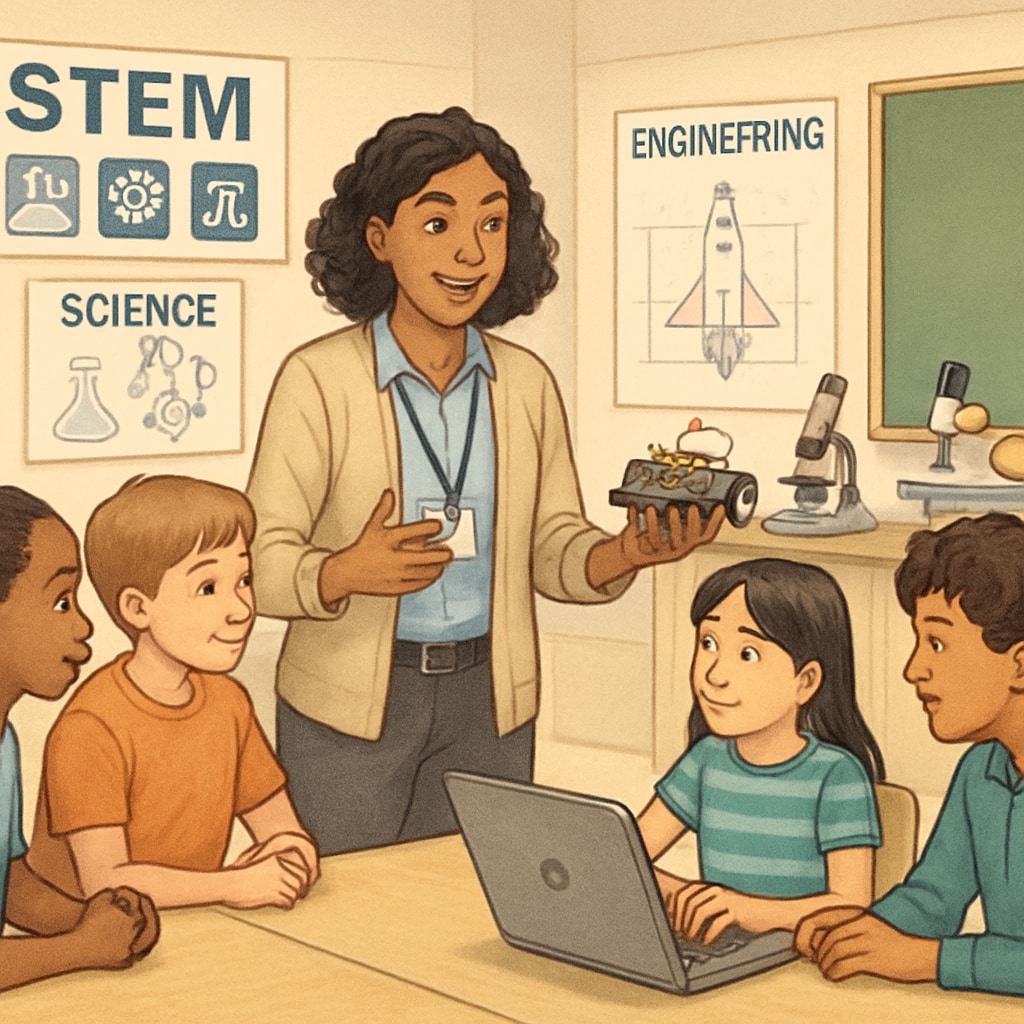School voucher programs, public schools, and education funding have become the focal points of a contentious debate in the U.S. education system. As states like Arizona rapidly expand voucher initiatives, public schools are grappling with shrinking budgets and declining enrollment. The competition between public schools and private institutions, fueled by such programs, raises critical questions about educational equity and the future of public education. This article delves into the challenges public schools face and the creative strategies they are employing to adapt and thrive.
Understanding School Voucher Programs and Their Impact
School vouchers are government-funded subsidies provided to families, allowing them to enroll their children in private schools rather than public ones. While advocates argue that vouchers promote school choice and competition, critics contend they drain essential resources from public schools, exacerbating inequality in education.
In Arizona, the expansion of the Empowerment Scholarship Account (ESA) program has sparked a heated debate. The program enables parents to use state funds for private school tuition, homeschooling, or other educational expenses. While this has empowered some families, it has also diverted significant funding from public schools, which rely heavily on state and local taxes. Public schools, particularly in underserved communities, face a double challenge: dwindling financial resources and the loss of high-performing students.

Strategies Public Schools Are Implementing to Compete
In response to these challenges, public schools are adopting innovative measures to retain students and improve educational outcomes. Below are some of the key strategies:
- Specialized Programs: Many schools are introducing magnet programs in STEM (Science, Technology, Engineering, and Mathematics), arts, and other specialized fields to attract and retain students.
- Community Engagement: Schools are building stronger ties with local communities through programs that involve parents and local organizations.
- Enhanced Teacher Training: Investing in teacher development ensures higher-quality instruction, which can make public schools more competitive.
- Improved Facilities: Upgrades in technology and infrastructure are helping public schools create a more appealing learning environment.
For example, some districts in Arizona have implemented dual-language education programs and advanced placement (AP) courses to meet the diverse needs of students. By offering unique and high-quality programs, public schools aim to demonstrate their value to families considering alternatives.

The Broader Implications of Reallocating Education Funds
The redistribution of education funding through voucher programs has sparked broader societal concerns. Critics argue that the privatization of education undermines the foundational principles of public schooling, which is designed to provide equal opportunities for all students. They contend that vouchers primarily benefit middle- and upper-income families, leaving low-income students in underfunded public schools.
Moreover, there is an ongoing debate about accountability. Public schools are subject to state regulations and performance evaluations, while private schools receiving voucher funds often operate with fewer restrictions. This discrepancy raises questions about the equitable use of taxpayer dollars.
According to a Britannica article on school vouchers, the long-term effectiveness of such programs remains unclear. While they offer short-term benefits for some families, they may also contribute to systemic inequalities in education.
Looking Ahead: Can Public Schools Thrive in the Voucher Era?
The future of public schools depends on their ability to adapt and innovate. Policymakers also play a crucial role in ensuring that funding models do not disproportionately harm public education. Balanced reforms, such as increased investment in public schools alongside voucher programs, may help create a more equitable system.
As a society, we must reflect on the purpose of education and prioritize solutions that benefit all students, regardless of their socioeconomic status. Public schools have been a cornerstone of American democracy, and their survival is essential for fostering an educated and equitable society.
Conclusion: The rise of school vouchers presents both challenges and opportunities for public schools. By embracing innovation and advocating for fair funding policies, public schools can continue to play a vital role in shaping the future of education.


